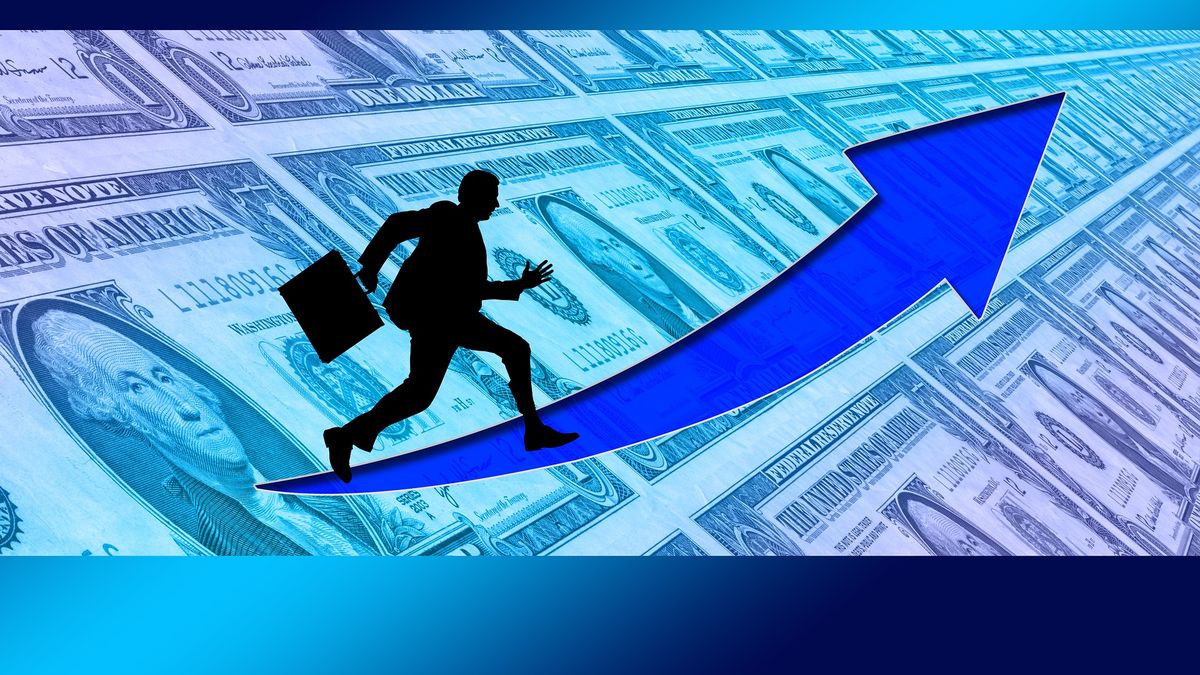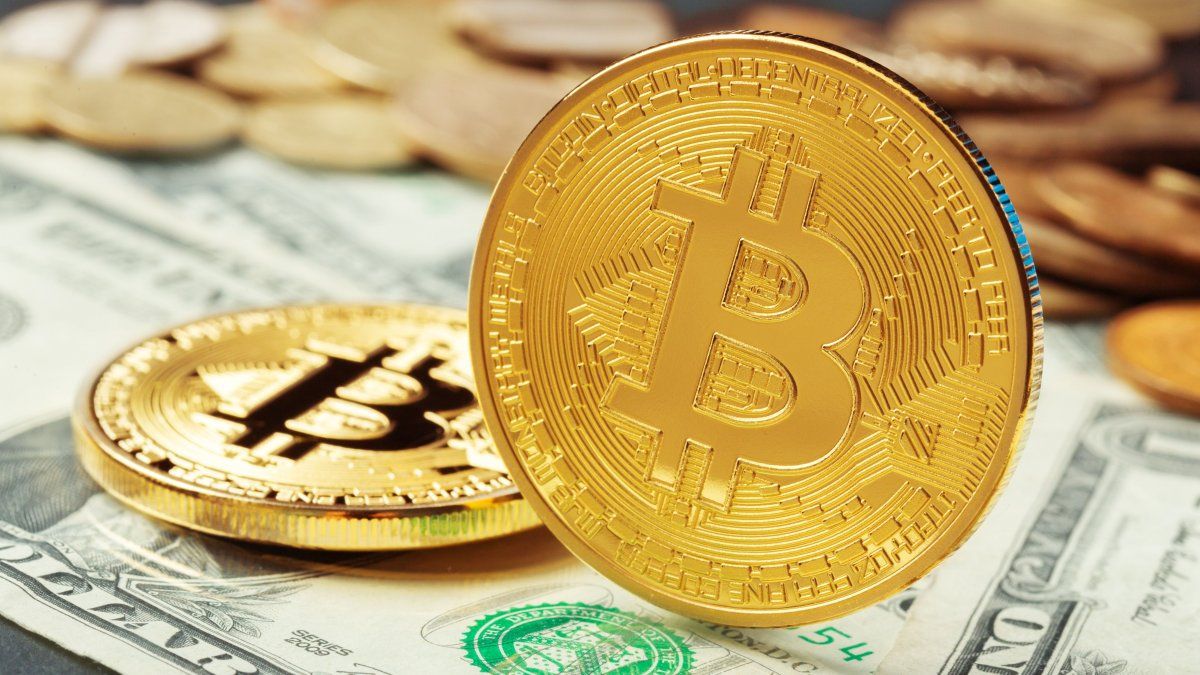In this way, the blue returned to above $200 after 11 consecutive days operating between $195 -the lowest since October- and $199.50.
In turn, with the soaring of financial dollars, the parallel dollar ceased to be the most expensive in the market, being surpassed by the MEP and the CCL, which came to trade above $203.
The maximum price of blue so far this year it was seen at the end of February when it traded above $223 prior to the agreement with the International Monetary Fund (IMF).
Blue dollar price in April
In the fourth month of the year, the blue dollar rises $2 after ending March at $200.
The parallel dollar is coming off $11 last month, which represents its worst performance in 14 months.
You have to go back to January 2021 to find a more important monthly drop. In that month, the informal dollar showed a decline of $13 or 7.8%, going from $166 to $154.
Last February, the parallel dollar fell $6.50 (-3%), after rising $5 or 2.4% in January.
Blue dollar in 2022
So far this year, the informal dollar accumulates a drop of $6, after ending 2021 at $208.
During the past year, the blue dollar recorded a increase of 25.3% ($42), half compared to the inflation of the period (50.9%). However, it is worth remembering that in 2020 it had shown a sharp jump of 111% (compared to 36% inflation).
What is the blue dollar?
The value of the blue dollar has a substantial difference with the official dollar, which is acquired in banks and has an established price. Its sale is in the informal market, without regulations or limits, and for this reason it is generally operated at a value greater than the official dollar.
Why is it called the blue dollar?
The origin of the blue dollar as a denomination for the operation of the banknote in the informal market is not clear. But there are theories.
An explanation of its name indicates that it is so called because in English, “blue”, in addition to naming the color blue, refers to something “dark”.
Another theory relates it to purchase operations through bonds or shares of companies known as “blue chips”. They also link it to the approximate color that appears when a fibron is applied to detect counterfeit bills.
Price of the savings or tourist dollar
The savings dollar or solidarity dollar -retail plus tax- increased 70 cents to $197.31 on average.
More news about the Blue Dollar and the Dollar
Investments: is it time to bet on the blue dollar?
Given the rise in the official dollar: What can happen to the blue dollar?
Dollar after the agreement with the IMF: How much can the gap with the official fall?
Source: Ambito
David William is a talented author who has made a name for himself in the world of writing. He is a professional author who writes on a wide range of topics, from general interest to opinion news. David is currently working as a writer at 24 hours worlds where he brings his unique perspective and in-depth research to his articles, making them both informative and engaging.




